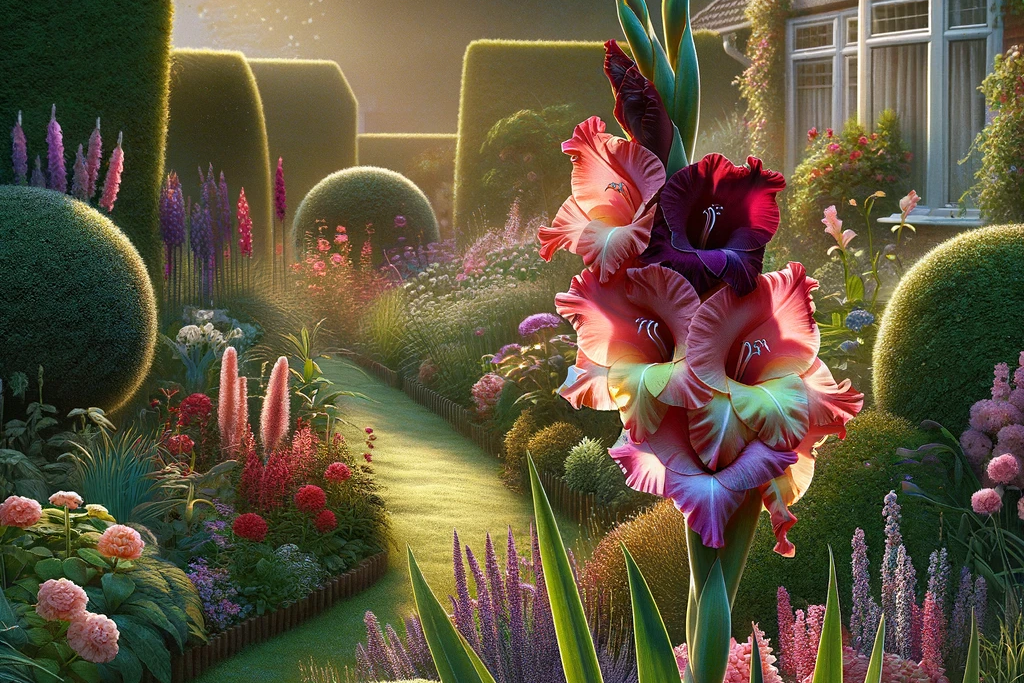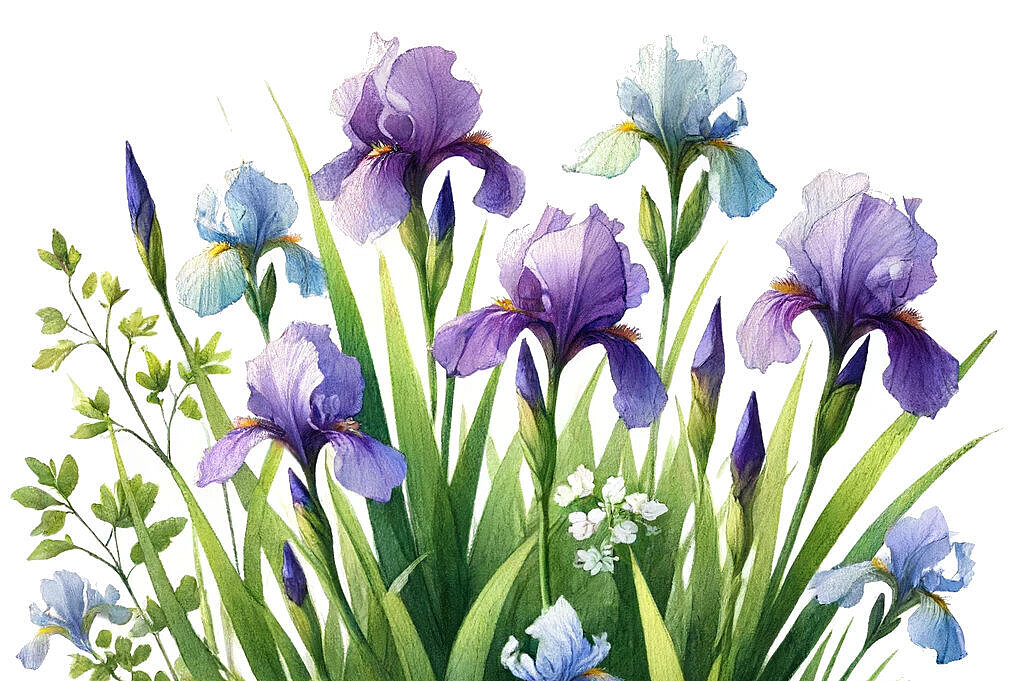Freesias

What are freesias?
Freesias belong to the iris family (Iridaceae) and are known for their long, delicate flower stems that come in a range of bright colors. They originate from South Africa and are named after Friedrich Freese, a German doctor. Freesias are often prized for their intense fragrance, which is popular in floristry and perfumery. Freesias bloom in spring, but they can also bloom indoors at other times of the year if the conditions are right.
Benefits of freesias for dogs
Aesthetic and sensory enrichment
For dogs living in a home with freesias, these flowers can be a source of visual and olfactory stimulation. The variety of colors and rich fragrance can stimulate the senses, contributing to a more interesting and varied environment.
Potential health benefits
Although the direct health benefits of freesias for dogs are limited, the calming effect of their scent on the home environment could have an indirect benefit on the well-being of dogs. Stress reduction and relaxation are important aspects of pet care, and a pleasant smelling environment can contribute to this.
Disadvantages and risks
Toxicity
Freesias, like many ornamental plants, contain substances that can cause health problems if ingested by dogs. Symptoms of toxicity can range from mild gastrointestinal discomfort to more severe reactions such as vomiting, diarrhea and, in rare cases, neurological symptoms. It is therefore advisable to keep freesias (and especially the water from vases in which they are placed) out of the reach of dogs.
Allergic reactions
Some dogs can be sensitive to plants and their pollen. Although allergic reactions to freesias are not common in dogs, it is possible that sensitive animals may react to the flowers or pollen with skin irritation, sneezing or other allergic symptoms.
Freesias are undoubtedly a beautiful addition to any home, with their unique scent and variety of colors. However, it is important for dog owners to recognize and prevent the potential risks to ensure the safety and well-being of their furry family members. By keeping freesias and other potentially toxic plants out of reach of dogs and watching for signs of a possible allergic reaction, dog owners can ensure that their dogs can benefit from the beauty and fragrance of freesias without being exposed to the associated dangers. In a well-considered and safe setting, freesias can thus be part of a harmonious and healthy home for humans and animals.
If you notice any signs of hypersensitivity or poisoning in your dog, you should see your vet immediately. We are not a substitute for a vet, but we try to be as accurate as possible. Every dog reacts differently and we recommend you get a second opinion or consult your vet if in doubt.
Stay healthy and take good care of your four-legged friend!😊
Similar to Freesias
Gladioli (Gladiolus spp.) are attractive flowering plants that are appreciated for their long inflorescences and variety of colors. Originally from Africa, Asia and the Mediterranean region, they...
Irises, also known by the scientific name Iris, are a genus of flowering plants known for their showy flowers. They belong to the Iridaceae family and include between 200 and 300 species, depending...
Daffodils contain various alkaloids that can be poisonous to dogs. These substances are mainly found in the bulbs, but also in the leaves, stems and flowers of the plant. If they are eaten or...
Incalilliums are perennial plants originally from South America and are known for their bright colors and unique patterns. These plants can be kept both outdoors and as cut flowers in vases, often...



